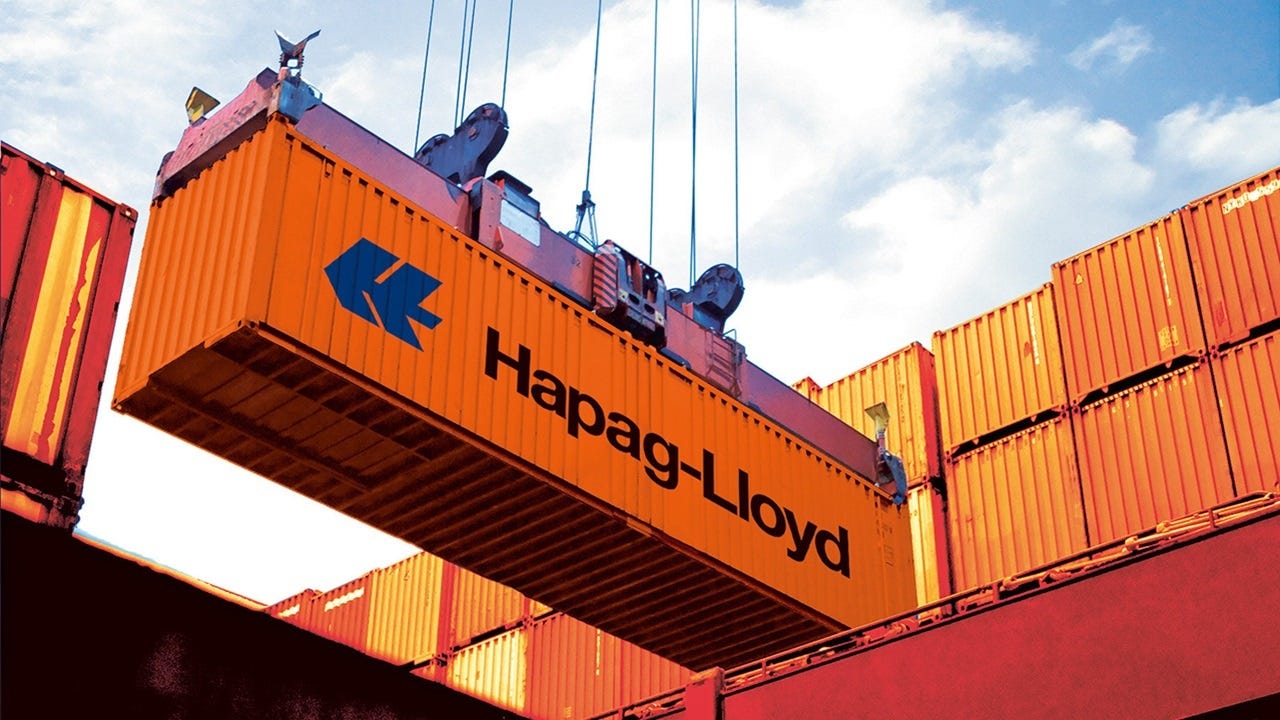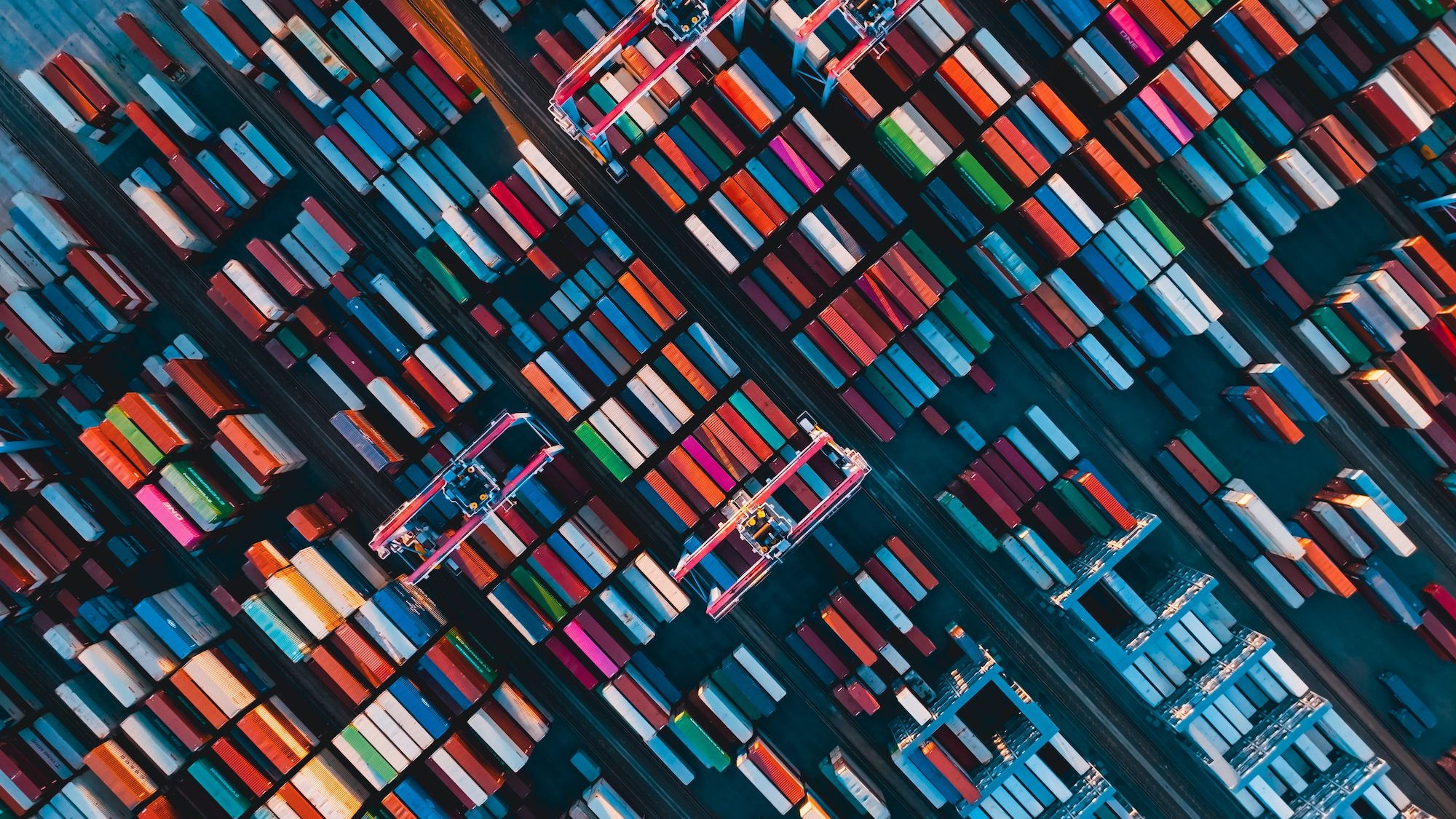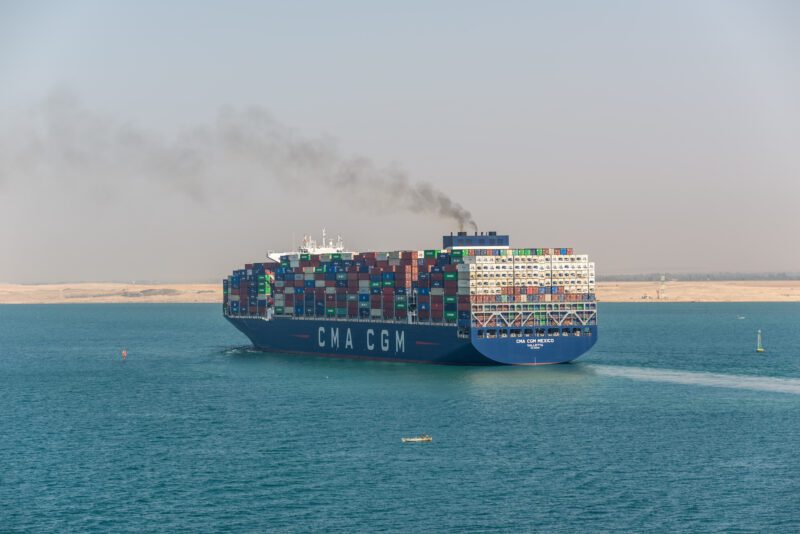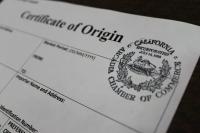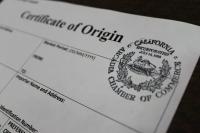WHAT ARE PORT SERVICES?
Bustling seaports around the world handle a staggering 92% of goods traded in the world. Several thousands of intermodal containers pass through such marine logistics hubs as they are transported from one location to another.
What are Port Services?
Bustling seaports around the world handle a staggering 92% of goods traded in the world. Several thousands of intermodal containers pass through such marine logistics hubs as they are transported from one location to another.
Bustling seaports around the world handle a staggering 92% of goods traded in the world. Several thousands of intermodal containers pass through such marine logistics hubs as they are transported from one location to another.
Seaports and airports facilitate the safe transfer of goods across the world. Naturally, the storage and transport of goods necessitate several other support services.
Besides customs formalities that are to be completed at the time of dispatch, receipt, and temporary storage of goods, several other services are involved in transporting goods by sea. These processes are collectively called port services.
Port services support not only the seller and the buyer but also intermediaries and agents, carriers, overland transporters, and all other service providers operating out of the port.
Port operations are normally controlled by the port authority appointed by the respective government of the country. Government-appointed agents known as port operators manage such operations.
Often, besides the regular set of responsibilities vested in them, authorities in charge of port services may have the additional responsibility of constructing and maintaining port infrastructure and staffing them to ensure its smooth functioning.
Onshore freight handling activities such as the operation of transport vehicles, warehousing facilities, passenger services, and services related to the berthing and anchorage of ships are some of the main services provided to customers by seaports.
Seaports with several separate terminals, such as bulk terminals, break-bulk terminals, container terminals, and passenger terminals that are equipped to handle different types of cargo traffic, are common these days.
The basic services provided by all such terminals are the same – that is, to load, unload, transport, or, when necessary, offer temporary storage space for the cargo. Along with this, they provide various support services to the crew of the visiting ships and passengers from passenger vessels.
Port infrastructure includes the storage and other operational space, transport facilities, machinery, and personnel for running these operations. Seaports often have large storage areas that help hold goods temporarily but at a cost to the customer.
With the arrival or departure of each vessel, the port has to provide qualified and experienced pilots to guide the vessels in and out of the port safely. Port services include navigational assistance necessary for vessels to dock as well as set sail safely from the port.
Managing the traffic of several gigantic as well as normal-sized vessels within the restricted confines of a port with zero-error accuracy is a critical activity here. This is essential for maintaining ETA (Expected Time of Arrival) and ETD (Expected Time of Departure) of vessels; sometimes, as much as a minor accident is all that is required to upset the movement of several other vessels and set off a chain reaction that can take a long time to offset.
The timely loading and unloading of goods depend on the availability of the appropriate MHE (Material Handling Equipment), such as cranes, lifts, transport vehicles, etc. They have to be maintained and planned appropriately to meet cargo traffic.
Temporary storage space is usually available at port terminals as not all unloaded goods are cleared immediately and moved out of the port premises.
Sometimes this may entail providing transport drivers or other port staff with facilities for resting and refreshment.
Passenger services include luggage handling, temporary accommodation, food and refreshment outlets, etc.
Port services authorities are responsible for the management and monitoring of the marine environment covering their jurisdictional area. Its main objective is to prevent or, in extreme cases, to minimise incidents of oil spills, leakage of chemicals, effluent discharge, etc.
Operators who are found violating set environmental standards are fined, or legal actions are taken against them.
Documentation control is another major task of any port services authority. It records and ensures the smooth flow of humans and goods through these ports.
Offices of the Customs and Immigration, departments of border security, health, agriculture, and relevant trade bodies are usually present within the port premises. They are responsible for passport control, security, control of restricted goods and produce, customs duty collection, etc.
Dangerous goods have to be segregated, stored, and transported safely and separately following Dangerous Goods Regulations (DGR).
Ensuring that the correct containers are used for such goods and modes of handling are adhered to is very important here.
Separate security agencies to maintain law and order and control transport activities have to be located within the port.
Port services have to meet the security requirements stipulated by the respective port authority. Regular security assessments conducted in-house as well as by external agencies help to identify new challenges and maintain current standards.
Security and evacuation drills must be organized on a regular basis to test preparedness in the event of an emergency. Every effort to keep accidents, pilferage, and other such incidents to a zero level must be in place and enforced.
Port services is a very competitive field. With the world’s leading ports trying to woo customers, various support services such as packing and labelling services, facilities for recycling of packaging and packing materials, logistics consultancy, etc., are available to customers.
Close coordination between the different ports of a country is crucial for the smooth operations and the flow of cargo, be it inbound or outbound.
Seaports experience congestion depending on the volume of goods, infrastructure or labour issues, and vagaries of nature.
Such incidents happening at nearby or other connecting ports, especially on a busy sea route, can have a compounding effect.
This situation of seaports congestion can be eased to a large extent by coordinating with nearby ports and the associated stakeholders in a timely manner or, in certain cases, by having an efficient forecasting system in place.
An effective and efficient port services operation is an essential feature of any successful port. Rising cargo volumes, along with the increasing size of ships, make this a challenging task.
The current market requirement to reduce lead times while maintaining low costs and good services adds to this challenge.
Some of the leading port operators in the world are:
- Hutchison Port Holdings (Hong Kong, People’s Republic of China)
- PSA International (Singapore)
- DP World (Dubai, United Arab Emirates)
- APM Terminals (The Hague, Netherlands)
- COSCO (Beijing, People’s Republic of China)
Source: marineinsight

